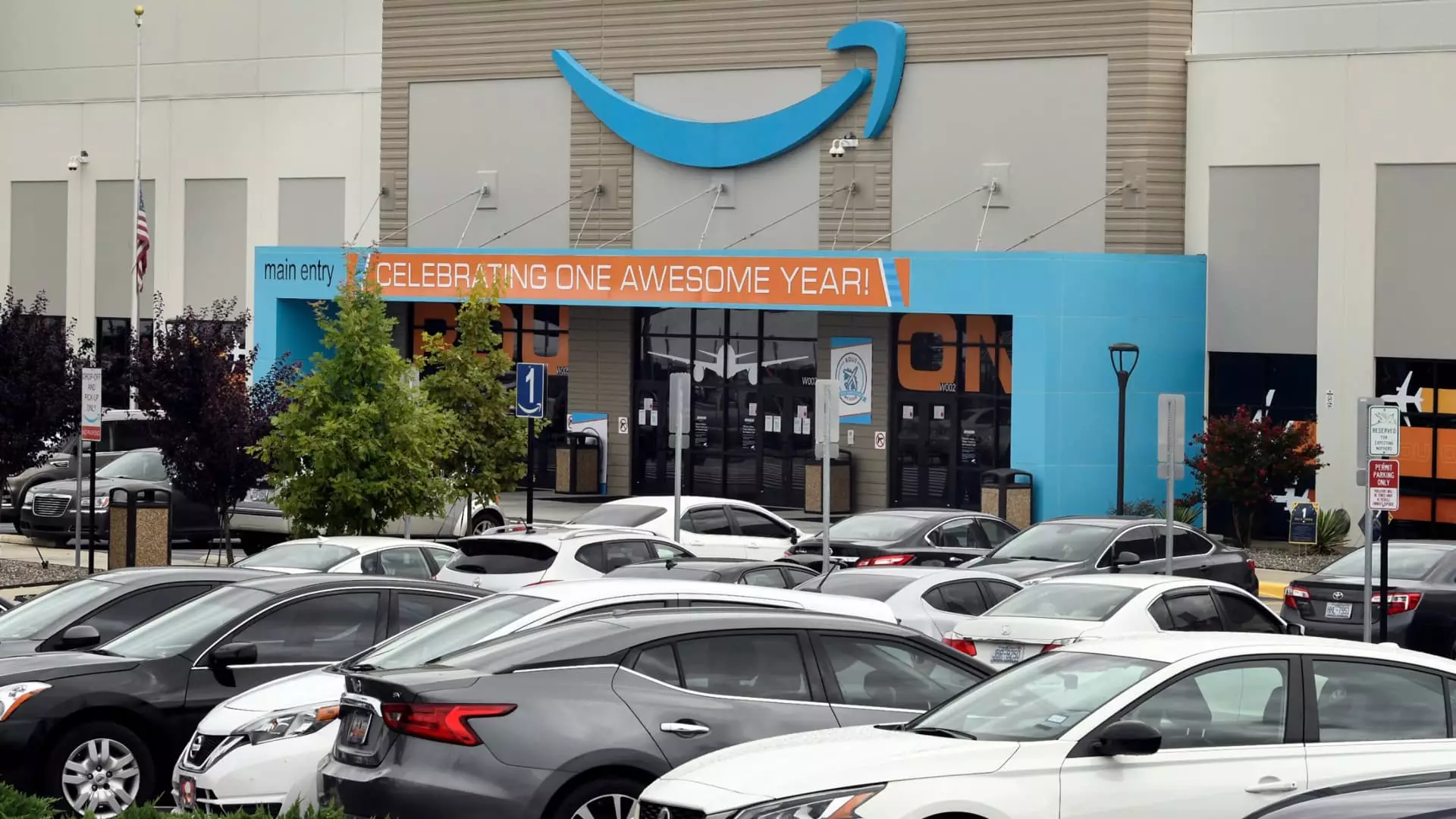The recent elections at Amazon’s facility near Raleigh, North Carolina, have issued a significant setback to unionization efforts within the company. On Saturday, workers overwhelmingly voted against unionizing, with only 829 out of 3,276 ballots cast in favor of the initiative. This vote comes amid a prolonged campaign by the Carolina Amazonians United for Solidarity and Empowerment (CAUSE), raising questions about the future of labor movements within Amazon and the effectiveness of the strategies employed by both sides.
The election at the RDU1 facility, located in Garner, was not merely a simple yes or no ballot; it reflected a larger struggle for power dynamics within the workplace. The outcome saw 2,447 votes against union representation, a significant margin that reflects either satisfaction with current working conditions or the effectiveness of Amazon’s anti-union strategies. With 77 challenged ballots, the final count appears too narrow to lead to a recount, pending certification by the National Labor Relations Board (NLRB).
The voting landscape at RDU1 has been turbulent, with CAUSE campaigning for three years. Their efforts underscore the challenges labor organizations face when attempting to disrupt a well-established corporate structure. Despite this sustained effort, the voting result suggests a strong resistance from workers to union representation, possibly fueled by fear of potential repercussions or a belief that unionization might hinder their work environment.
Amazon’s response to the unionization efforts at RDU1 was swift and aggressive. The company utilized a mix of direct communication and wider messaging campaigns aimed at educating employees about the perceived drawbacks of union involvement. According to Amazon spokesperson Eileen Hards, the company maintained that it did not intervene in the election process, emphasizing that employees had the right to voice their opinions without coercion. Hards stated, “We’re glad that our team in Garner was able to have their voices heard,” indicating that the company perceives the election outcome as a validation of its workplace culture.
However, CAUSE alleges that Amazon’s strategies amounted to intimidation tactics, aiming to dissuade workers from seeking union representation. They highlighted that the culture of fear created around employment security played a crucial role in the unfavorable voting outcome. This contrasting narrative has led to heated debates surrounding labor rights and corporate ethics, revealing a contentious atmosphere where workers are seemingly caught between self-preservation and the pursuit of enhanced labor rights.
National Trends in Labor Movements: A Broader Context
The RDU1 election is emblematic of a larger national debate on labor rights and the resurgence of union support across different sectors. Recent statistics show that 67% of Americans approve of labor unions, indicating a favorable outlook towards collective bargaining. Nonetheless, the real challenge lies in translating this support into tangible membership, particularly in states like North Carolina, which reported the lowest union membership rate in the nation at just 2.4%.
There appears to be a paradox where public approval of unions does not correlate with membership rates, suggesting potential apathy or fear among workers about participating in organized labor. This discernible gap is troubling for labor groups who argue that financial instability and job insecurity are rampant among Amazon workers, further complicating their ability to organize effectively.
The Future of Organizing at Amazon: What Lies Ahead?
Despite the setback, CAUSE has committed to continue their organizing efforts at RDU1, insisting that the fight for better wages and working conditions is far from over. With a starting pay of $18.50 an hour, they are pushing toward a $30 hourly wage, highlighting the ongoing struggles many workers face regarding economic security. The current economic landscape, particularly after the disruptions caused by the COVID-19 pandemic, has intensified discussions surrounding wage disparities and workers’ rights.
In a broader context, labor movements have begun to explore alternative strategies beyond traditional union elections, from filing unfair labor practices to orchestrating protests and pickets. Collaborative efforts among various unions, such as the International Brotherhood of Teamsters, signify a growing awareness and adaptability within labor movements to counteract corporate resistance.
While the vote at RDU1 may reflect a temporary victory for Amazon, it simultaneously underscores the increasing tensions and complexities facing labor movements in contemporary society. The resilience of organizations like CAUSE and the nationwide interest in unionization suggest that the fight for workers’ rights is far from over, paving the way for ongoing dialogue and potential future clashes in the labor arena.


Leave a Reply